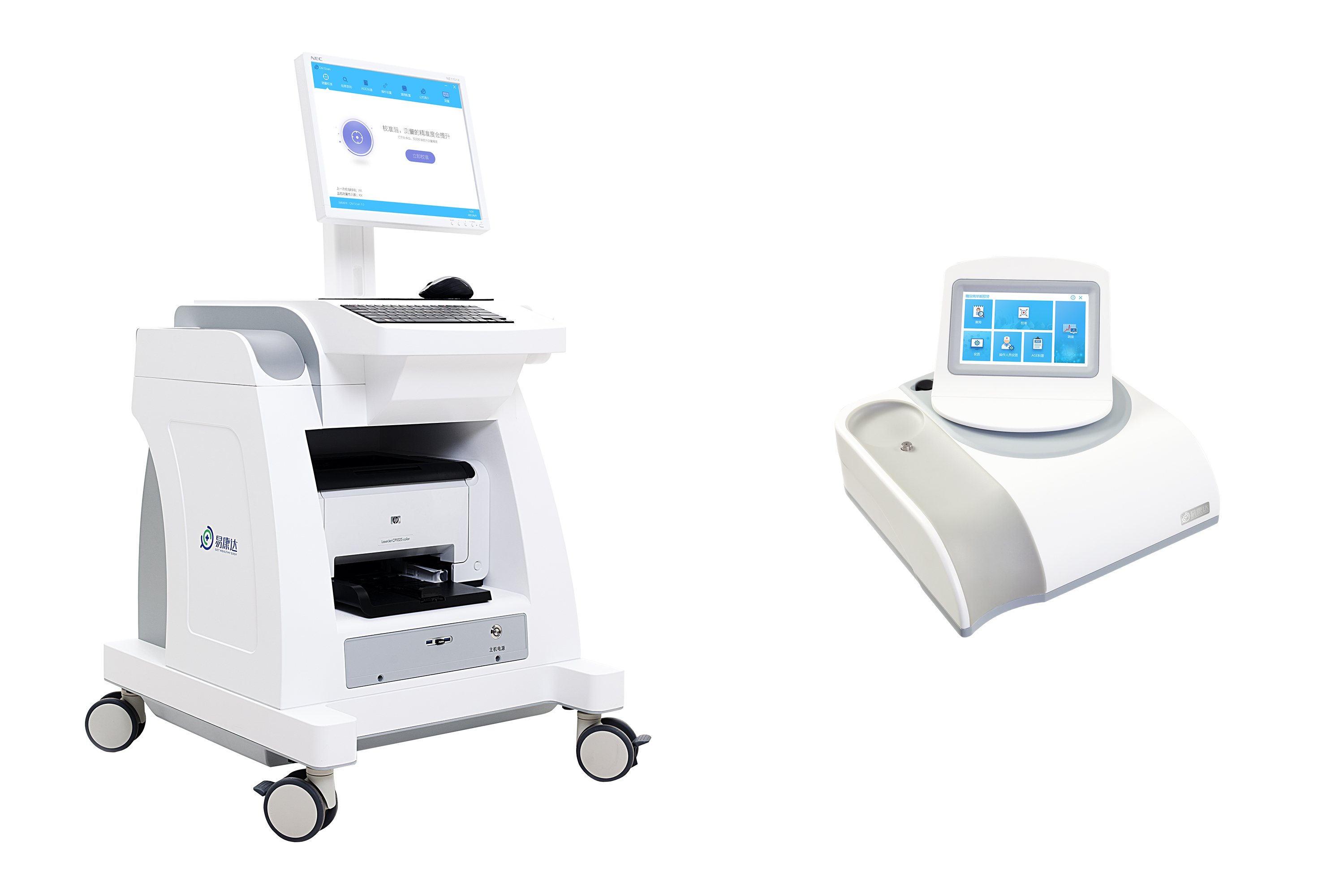
A research team led by Prof. WANG Yikun from Hefei Institutes of physical science(HFIPS), Chinese Academy of Sciences and Prof. ZHOU Jian from Shanghai Jiao Tong University Affiliated Sixth People's Hospital investigated systematically the role of AGE in development of diabetes and its complication. The team also proposed a new index for early identification of high-risk population of diabetic complication.
As a common chronic disease, diabetes damages people's health with its complication, which requires a daily monitoring by several invasive blood tests within one day. This may cause suffering to the patient.
But a new equipment may save the diabetics from the prickling pain. WANG Yikun and his team developed a pain-free, non-invasive and fast way to make early warning for diabetes. It is all down to a non-invasive scan equipment that checks the Advanced Glycation End Products (AGE) level concentrating in a person's skin tissue.
For the recent years, WANG and his team was busy with deploying their equipment in hospitals, healthcare centers and community services. Based on the data collected by the equipment, they and their collaborators in hospitals conducted a clinical application research of AGE index in diabetic complications, like diabetic lower extremity atherosclerosis disease (LEAD), diabetic carotid atherosclerosis (CAS) and so on.
In the study, the team also introduced other parameters, besides the AGE data, that were collected by questionnaire survey, like family history of diabetes, medical history, smoking status, body mass index (BMI), blood pressure and other biochemical index to build a database of 1,500 diabetics.
With systematical analysis of the comprehensive data, the team revealed AGE role in screening the risk of diabetes.
The results showed that AGE was a better index than glycosylated hemoglobin in early prediction of vision-threatening diabetic retinopathy (VTDR).
Moreover, considering the impact of aging on diabetic complications, the team proposed for the first time a new index, called AGEage combining the AGE and age together for better prediction.
In their study, they revealed the AGEage's greater ability than glycosylated hemoglobin to predict LEAD and CAS in early stage. The study also suggested the best cut-off point of AGEage that was 43.2.
The team thought all of the clinical study may provided evidence of AGE as more suitable index to reflect the adverse prognosis of hyperglycemia and doing better job in early identification of high-risk patients with LEAD and CAS, which they believed could promote application of their non-invasive AGE scanning equipment.

The non-invasive AGE scanning equipement developed by WANG's team (Image by the team)